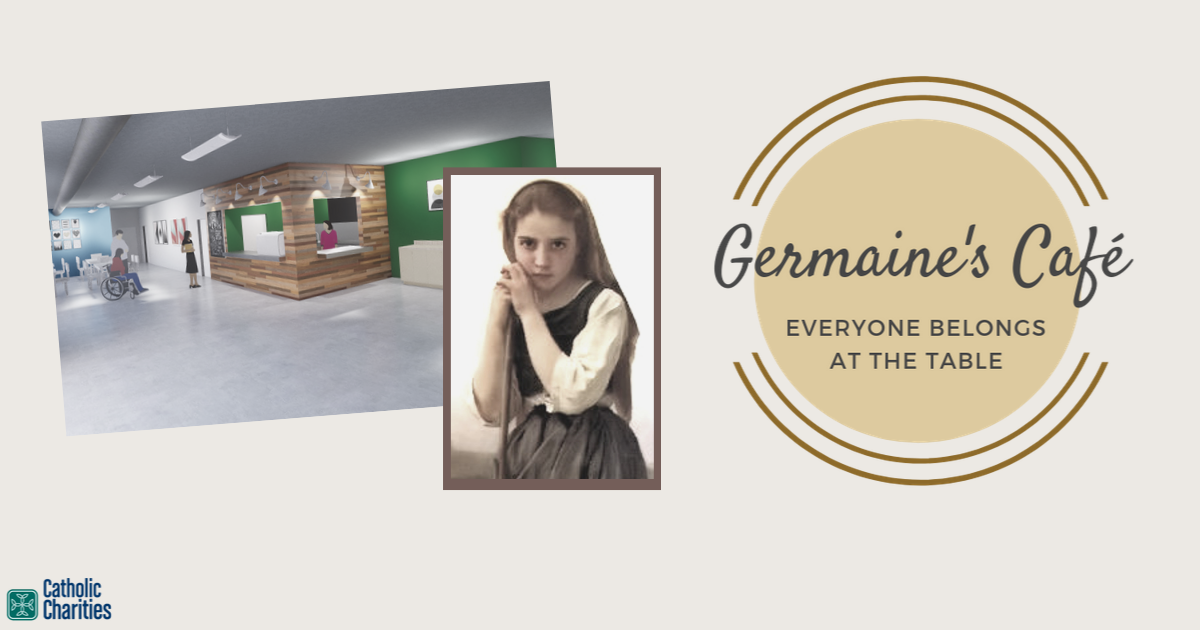By any measure, St. Germaine’s life seemed destined for suffering. As a young girl, she was sickly, and in addition to her deformed right arm, she suffered from scrofula, which left large open sores on her neck and face. When her father remarried after the death of her mother, Germaine’s stepmother banished her to the stables, where she slept on a mattress of hay and twigs and ate animal scraps.
Germaine Cousin found God in the fields she worked, the sheep she watched over, and even her own suffering. Despite terrible abuses from her stepmother and abject neglect from her father, Germaine lived each day with patience and compassion for everybody she encountered. Her grace extended even to her stepmother, who regularly beat and starved her. When she could not complete a task on time (she was often assigned complicated tasks that even an able-bodied person would find challenging), she was scalded with boiling water.
In the quiet fields outside Pibrac, France, safe from her torment at home, Germaine’s devotion flourished. She filled her days with prayer, giving thanks for what little she had. With her always was a modest homemade rosary made from knotted twine. Each day, Germaine would leave her sheep in the field and walk to the small church in town, where she listened to the gospel and learned new ways invite Christ into her life. Her sheep, guarded by what she called her guardian angel, were never attacked by the wolves that prowled the French countryside.
Germaine’s profile grew one winter when her stepmother accused her of stealing bread to give to a beggar and hiding it in her apron. When publicly confronted, Germaine opened her apron, and a bundle of flowers not native to the region fell out. It was at this point everyone, including her family, began to recognize her deep connection with God.
Germaine continued to live in the family barn, repeatedly refusing her family’s invitations to move into the house. She tended after her family’s sheep and preached the gospel to anyone who would listen. In 1601, at age 22, Germaine died. She was buried in the church where she spent so much of her life in prayer.
Her legacy grew, but it was not until her body was accidentally exhumed nearly half a century later that her holiness was fully realized.
When uncovered, it was discovered that Germaine Cousin’s body was incorrupt; what’s more: the scars left from a lifetime of illness and neglect were faded. With this realization, the village reminisced on her life and deeds, and many more miracles were attributed to her, mostly in the form of healings and interventions on behalf of the abused and disabled. In 1864, more than 250 years after her death, St. Germaine was canonized as patron saint of people with disabilities and those who have been abused or abandoned.
Catholic Charities celebrates the memory of St. Germaine, namesake of Germaine’s Café, by providing dignified employment opportunities to individuals living with IDDs.
